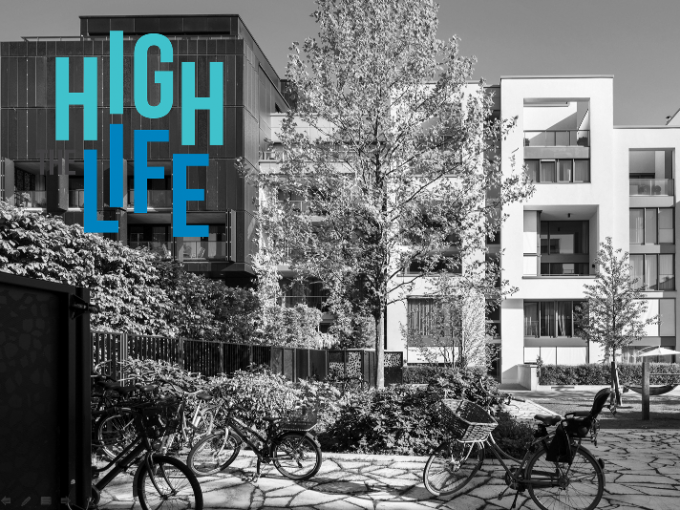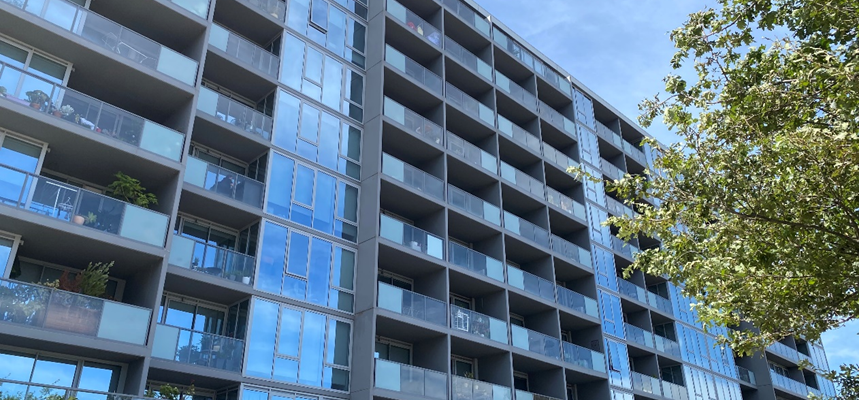City Know-hows

Target audience
Policy-makers, planners, developers, academics
The problem
Australia’s housing context has long been characterised by low-rise detached homes, but rapid population growth has prompted a recent boom in apartment construction. Apartment residents may be more vulnerable to the negative impacts of COVID-19 stay-at-home orders due to the distinct constraints and stressors of apartment housing, but empirical research on this population is scarce.
What we did and why
Our study adds to the literature on the health impacts of lockdowns by examining longitudinal changes in the health behaviours of Australian apartment residents. Participants (n=159) completed a survey between 2017-2019 and a follow-up survey in 2020 following a six-week national lockdown.
Our study’s contribution
Our results demonstrated that behaviours were both positively and negatively impacted. Residents reported increased walking for recreation, sleep duration, and home cooking frequency, but also reported decreased walking for transport and greater sitting time. Similarly, weight/BMI also increased.
An important strength of this study is the longitudinal examination of a cohort of apartment residents using data collected pre- and post- mandatory stay-at-home orders. Moreover, our study does not focus on a single outcome, but a wide range of health and lifestyle behaviours.
Impacts for city policy and practice
Given the likelihood of future pandemics, a renewed policy focus on apartment space and layout provisions that better facilitate home-based activity is required to mitigate the health risks of lockdown conditions for those living in apartments.
The findings underscore the importance of understanding the specific impact of the pandemic on different populations, including apartment residents, to inform public health policies and interventions.
Further information
Full research article:
Boxed in: changes in apartment residents’ health behaviours following the COVID-19 lockdown – a longitudinal cohort study by Alexandra Kleeman & Sarah Foster
Related posts

A study of apartment residents identified an association between construction defects and mental health. For every additional problem, wellbeing decreased and psychological distress increased.

Australian pilot study finds a Healthy Urban Transition Tool can assess the liveability of urban environments and assist in transitioning neighborhoods towards improving the social determinants of health and health equity.

Poorly designed neighbourhood outdoor spaces can harm citizens’ mental health, such as presenting them with information overload, crowding or low exposure to nature. Our research explored which design elements can support urban designers in designing neighbourhood outdoor spaces that can reduce stress and attention fatigue and improve the mental health of all citizens.